All photos by James D. Schwartz / The Urban Country
Today is my last day on Hainan island – China’s southernmost (and smallest) province. Hainan is developing at an extremely fast pace. Hainan was designated as a Special Economic Zone in the 1980’s, and earlier this year China announced its intentions on turning Hainan into an international island by 2020.
Hainan already attracted more than 22 million tourists last year – an increase of 9 percent over 2008, and it is also setting up duty free zones to attract even more tourists – luring business away from nearby Hong Kong.
As a result, there is construction everywhere you look. Most of the construction seems to be 5-star resorts and vacation homes for wealthy mainlanders and out-of-country vacationers. A lot of international money is being poured into the island to bring it up to international standards.
In a new housing development near Han’s parents home, I found a poster advertising the new community under construction. This particular development is called “Ocean Spring Resort”, and the poster depicts happy middle-upper class white people with their automobiles, and no room for bikes/scooters/motorcycles.
The poster poorly reflects the reality of the area in which the community is being built. There are just as many – if not more – scooters, bikes and motorcycles on the road than there are cars, and bikes are given their own wide protected lanes – as you can see from these photos taken on the same road where this community is being developed:
Here’s another photo from this same development – no sign of bicycles, scooters or motorcycles. Just lots of happy people and their automobiles:
Perhaps these posters are just cookie-cutter images that are used by an American company responsible for the development or the marketing of the complex.
Or maybe the Chinese want the “American Dream”. Big homes, big cars, and no more people on two wheels.
If the Chinese envision everybody owning cars in the future, then perhaps a photo of a clogged-up Los Angeles freeway would be more appropriate for these posters. Currently Haikou has the second best quality air in all of China. Adding more cars to the road wouldn’t help with air quality, nor would it help people get to their destination on time.
Just today I was walking through a parking lot and there were more than 40 scooters parked in an area that would only hold 7 automobiles. And as you might have seen in my recent cycling video, these scooters rarely have less than 2 occupants. It’s common to see 3 people on a single scooter/motorcycle, and the most I have seen on this trip is a family of 5.
Thankfully, the automobile hasn’t taken over yet. There are hundreds of thousands of scooters in this city. You can see them lined along the downtown streets. They are absolutely everywhere you go:
It’s very expensive to purchase and operate a car here in Hainan, so scooters and bikes are a great alternative that help keep people moving without clogging up the streets and polluting the air.
It’s faster to get around the city on a scooter than a car with Haikou’s wide bikeways, so I hope the Chinese will continue to use scooters and bikes as an alternative to the automobile.
Aside from getting to your destination faster, there are several other incentives for riding a scooter/bike instead of a car. The big one being the cost. You can buy a nice brand new electric scooter for only $300USD – that’s less than what most people pay for a bicycle in North America.
And you don’t need a license or insurance to ride it. Not a bad deal. Why would you even bother buying a car?
Forget about the American Dream. Inexpensive electric scooters and protected bikeways are just a pipe dream in North America.
James D. Schwartz is the editor of The Urban Country. You can contact James at james.schwartz@theurbancountry.com.
Stay tuned – more articles from my 3-week trip to China are on the way.
Related Articles:


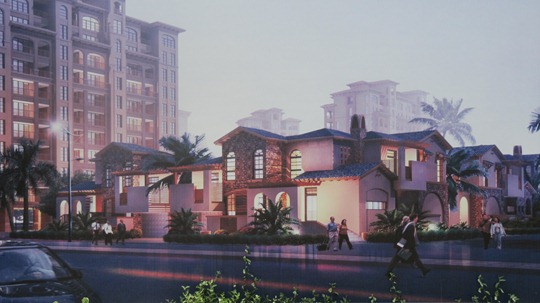
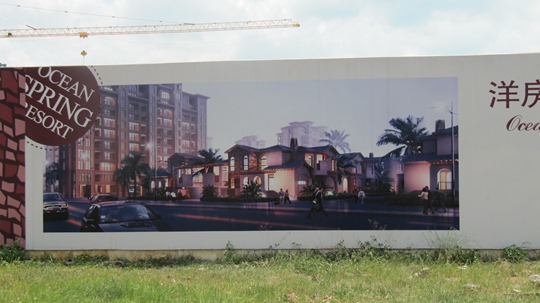
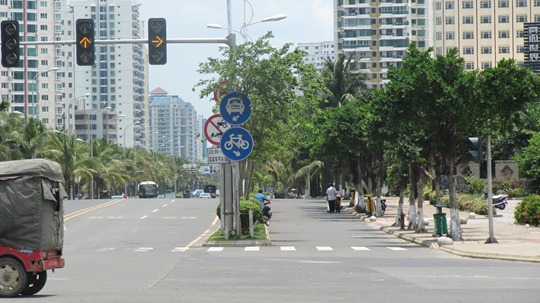

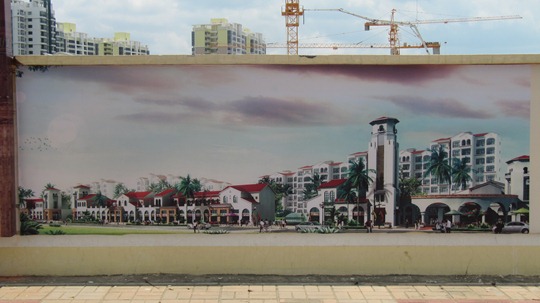
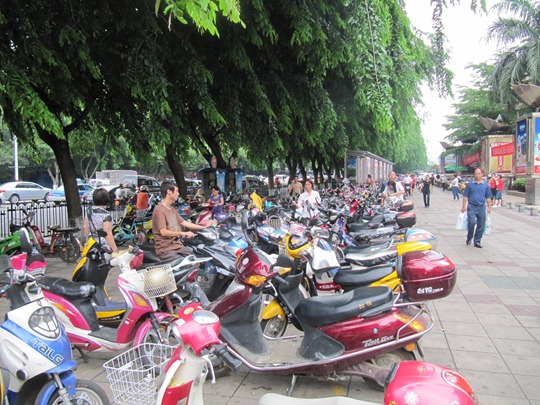
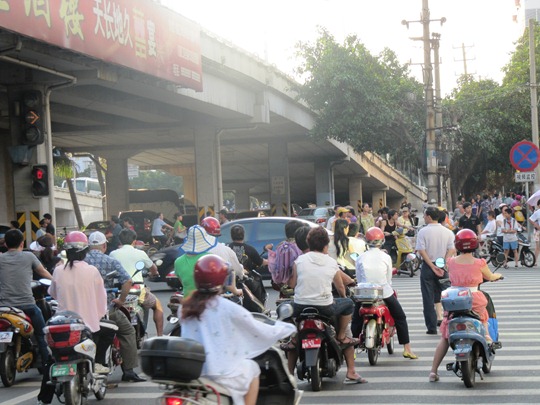
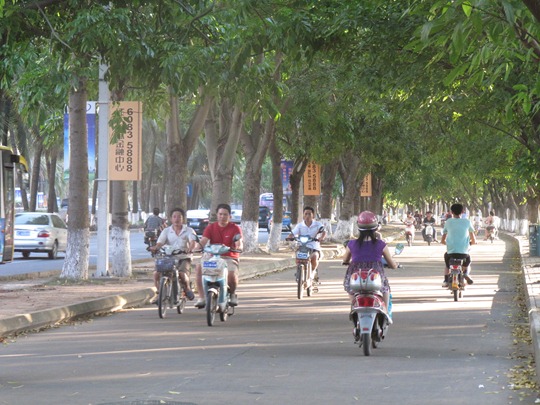
You must take into account that the pollution from scooters tends to be worse than that from cars. And of course, electric bikes only move this problem to the (in most cases coal fired) power station. They don’t solve it.
What you really need is bicycles.
David, most scooters in China are electric and consume very little electricity – so comparing these electric scooters (or bikes) to the emissions that result from an automobile isn’t an apples-to-apples comparison.
But the truth is, electricity has the potential to be 100% sourced from sustainable and renewable natural resources and China has recognized this and is investing in renewable energy. Since arriving in China, I have seen wind farms all over the place generating electricity. Solar energy also has potential – especially in a hot climate like Hainan where I only experienced 20 minutes of rain in my 2 weeks visiting here.
China is 2nd in the world behind the United States in wind power generation, so it recognizes that renewable energy sources are needed to supplement the ever-increasing demand for electricity.
I wish it was as simple as saying that everyone should ride a bike, but unfortunately it isn’t in a country like China. I would love it as much as you if everyone in the world used a bicycle as their primary means of transportation. But if China continues to make it easier for a citizen to ride an electric scooter or e-bike than drive an automobile, I would say that is a big win for the world – especially if an increase in demand in electricity is supplied by renewable sources.